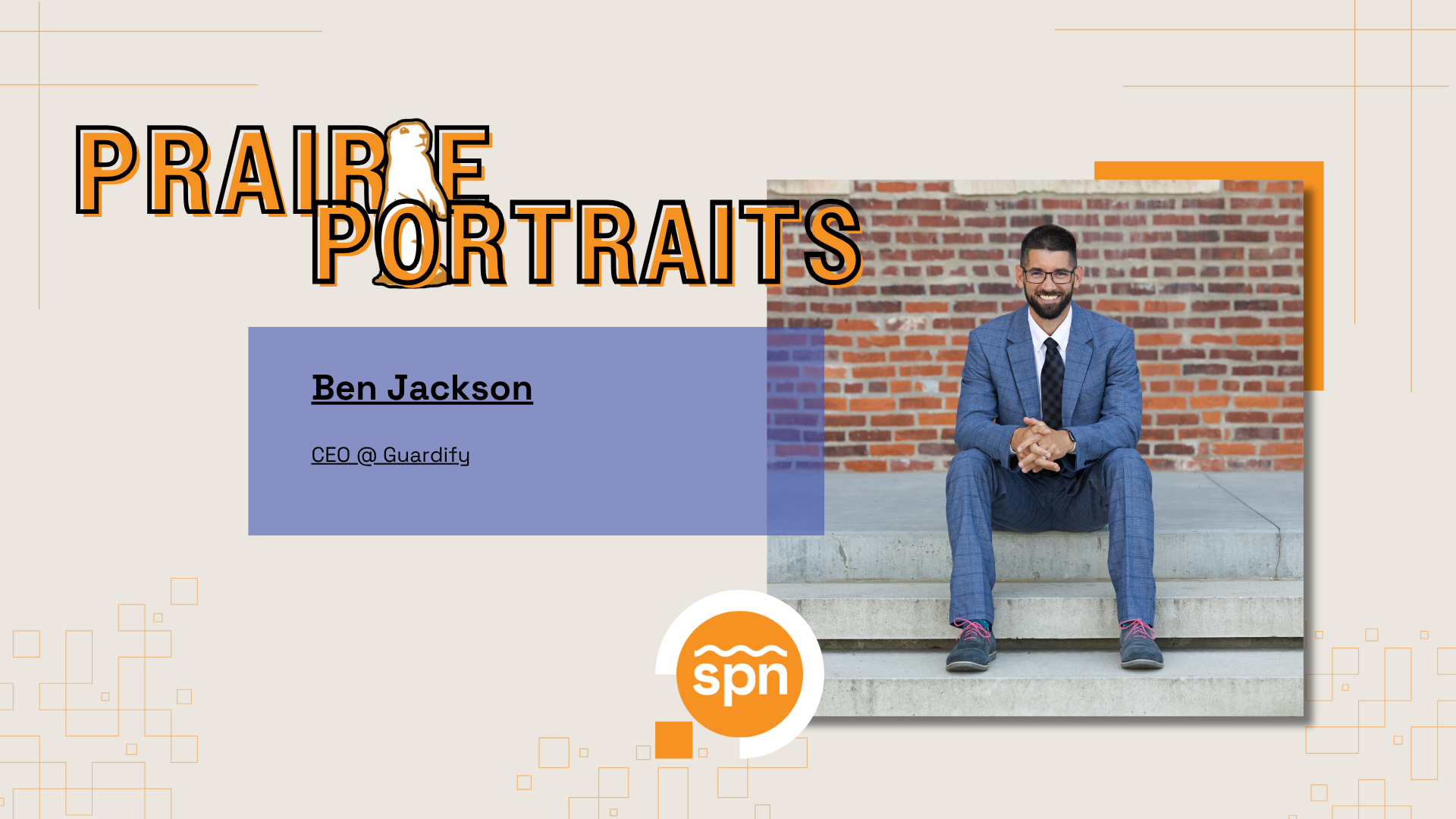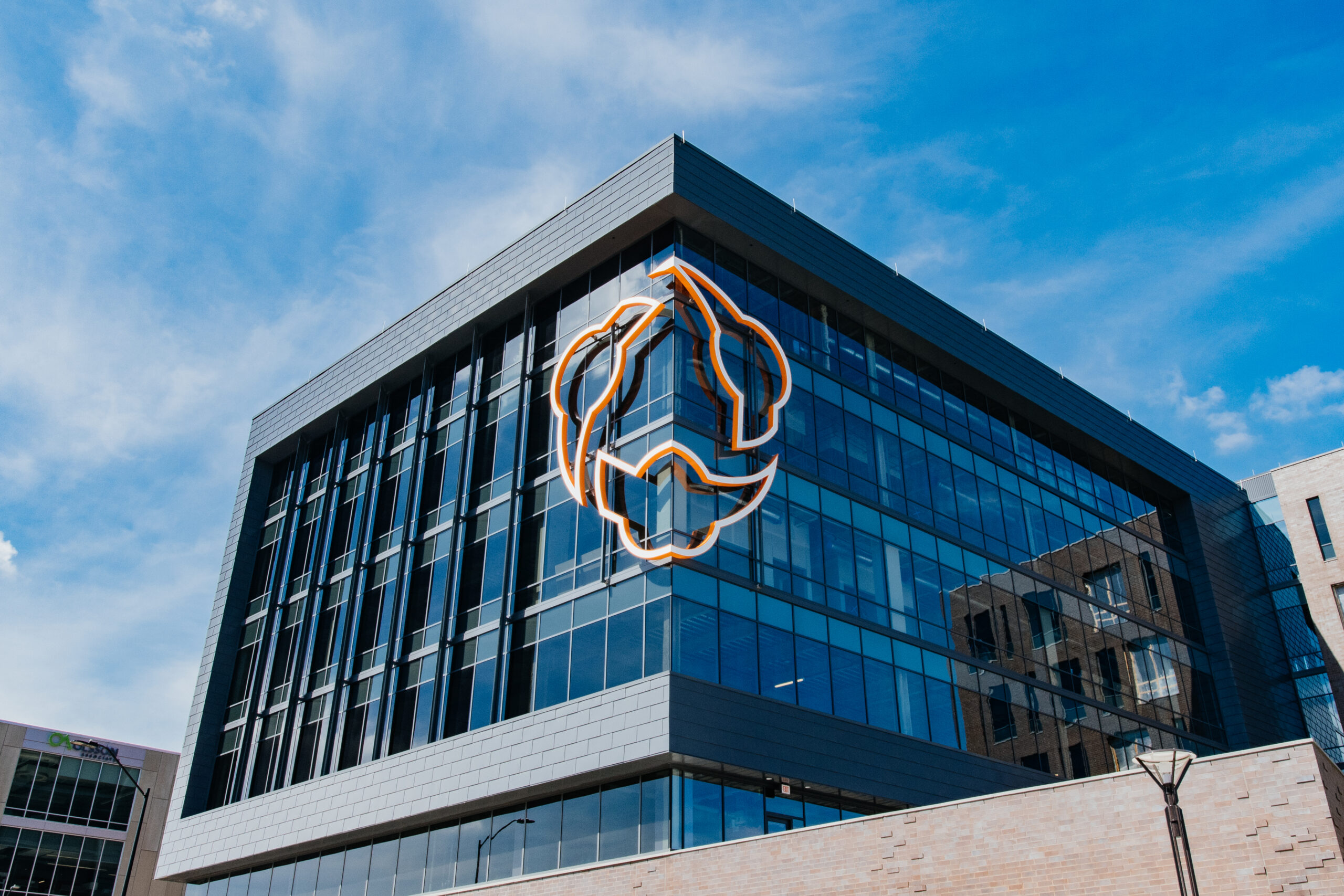When CEO of Symphony Workforce Todd Smith speaks about Discover Your Genius, a workforce development challenge for high school and college students, enthusiasm brightens his voice.
When he describes what DYG (“dig”) has done for underserved youth across Nebraska—particularly in rural areas where food deserts, poverty and lack of mental health services persist—it’s hard to stay journalistically neutral: the man’s passion to help young people reach their potential is inspiring.
A kind of virtual career discovery and personal growth sprint, DYG pits teams of students against one another to solve real business problems submitted by sponsoring companies. In turn, representatives from those companies advise students virtually during the challenge. Ultimately, teams compete for money and access to industry innovators and influencers.
“We want to give students real chances,” Smith said. “We want them to work with advisors that are employees at the company who submit to the challenge—not their third-period teachers.”
Students can not only win money, they might receive paid internships and jobs, as previous challenges have borne out. Some have even fielded investment offers.
In the most recent DYG challenge, students worked with Goodwill Industries of Greater Nebraska. Students were asked to create a business idea that solved one of two proposed issues: poverty or mental and emotional stress. These topics challenged them to discover abilities outside the classroom, contemplate paths after high school and figure out where their place in the future workforce might lie.
No matter the immediate outcome, the program’s long-term benefits are manifold. Students stretch themselves creatively, build communication and teamwork skills, and gain the attention of industry experts. Businesses receive new ideas and the chance to nurture a veritable cash crop of future talent. And cities and towns get one more opportunity to showcase the local economic opportunities available to a demographic ready to fly the nest.
Smith elaborated on the latter: “If you’re a business such as Case New Holland in Grand Island, you’re gonna be like, ‘Hey, I gotta keep all the kids I can here.’ But if the kids don’t know they can have a $100,000 job right there in Grand Island, they’re gone.”
DYG’s Approach to Workforce Development: IT Works
Smith said DYG was designed to be modern enough to attract tech-native youth, and dangle enough of a reward to motivate students to complete the project. (The current prize is $10,000.)
“This has to be something that’s self-driven, that fits what they do,” Smith said, referring to the online nature of the contest. “All these kids are gaming, they’re all on their phones, they’re on apps, they like to compete in teams against each other.”
DYG persuades companies to take part, not just by appealing to the goodness of their corporations-are-people hearts, but by offering pragmatic business value.
“We give back real data. All the way from behavioral science data that the kids are taking, all their iterative data, all the R&D that they create. It’s a win-win on both sides. The governor’s jumped on board. But more importantly, the business community has jumped onboard,” Smith said.
While he’s obviously biased, Smith contends DYG’s approach to workforce development has accomplished a lot.
“We have brought businesses, area chambers, teachers, school leaders, students, and foundations together. Our model ties all of these resources together in a way that is modern and relevant to young people and creates immediate and lasting ROI for business,” he said.
But DYG goes beyond mere economics. At heart, the challenge seeks to help youth overcome their limitations, both personal and structurally imposed ones, and to have as wide an impact as possible across Nebraska.
“I really feel like my purpose here on this big rock we call earth is to make sure as many young people can be moved to change generational circumstance,” Smith added.
April Challenge Now Underway
Sponsored by Goodwill Industries of Greater Nebraska, CNH Industrial and Chick-Fil-A Bellevue, the latest DYG challenge is currently underway. Teams have until the April 6 deadline to complete their project for a shot at up the $10,000 prize.
Because the program is conducted entirely online, restrictions imposed on the community in response to COVID-19 do not apply.
Team names, appropriately, include: Stonks 2.0 and The World Is Ending.




